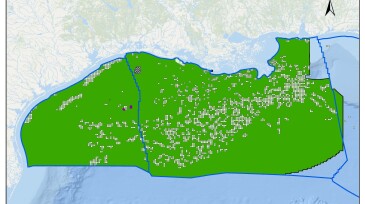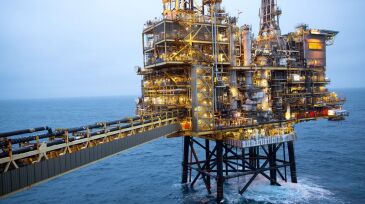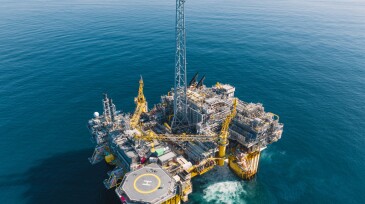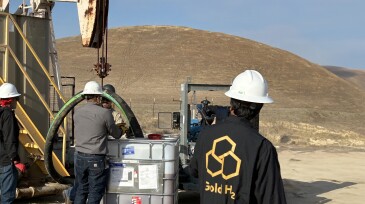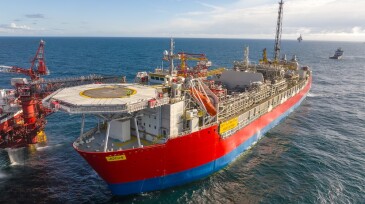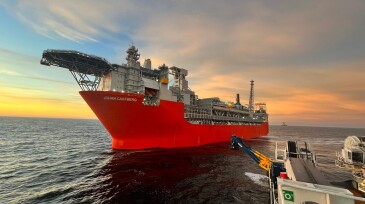Management
The agreement requires the partners to conduct their own proprietary 3D survey of Block 8 in hope of zeroing in on the sweet spot that eluded the TotalEnergies-led consortium when it drilled a dry hole in an adjacent block in 2023.
Murphy Oil’s Hai Su Vang (Golden Sea Lion) appraisal well reinforces the commerciality of the 2025 discovery.
The London-headquartered independent acquires position in the US Gulf while preparing Zama for final investment decision.
-
Sale 262 will be the first new auction covering leases in US Gulf federal waters in 2 years.
-
Equinor and Shell plan to launch the joint venture—initially announced in late 2024—by the end of 2025, pending regulatory approvals.
-
North Sea tieback to the Troll C platform could begin production by the end of 2029.
-
The LNG specialist also greenlit a debottlenecking project to free up additional volumes at the Corpus Christi site.
-
The SPE Reservoir Technical Discipline and Advisory Committee invite their Reservoir members worldwide to participate in a new survey aimed at assessing the current state of reservoir engineering across industry and academia. Deadline is 21 July 2025.
-
Gold H2 says it is the first to achieve commercial-scale hydrogen production by introducing microbes to a mature oil reservoir.
-
The field, which holds the first production license on the Norwegian Continental Shelf, sent oil to the Jotun FPSO on 23 June.
-
Less than 3 months after going onstream, the Barents Sea project, the northernmost production offshore Norway, is producing 220,000 B/D.
-
The supermajor follows other oil companies including ExxonMobil, Equinor, and Occidental Petroleum in the hunt to bolster US supplies of lithium.
-
The SPE France Section marked a major milestone with its 40th anniversary celebration in March, held at the iconic Musée des Arts et Métiers in Paris. This historic venue—dedicated to centuries of engineering excellence—served as a fitting backdrop for an evening that honored legacy, acknowledged present challenges, and explored the evolving role of oil and gas profes…




